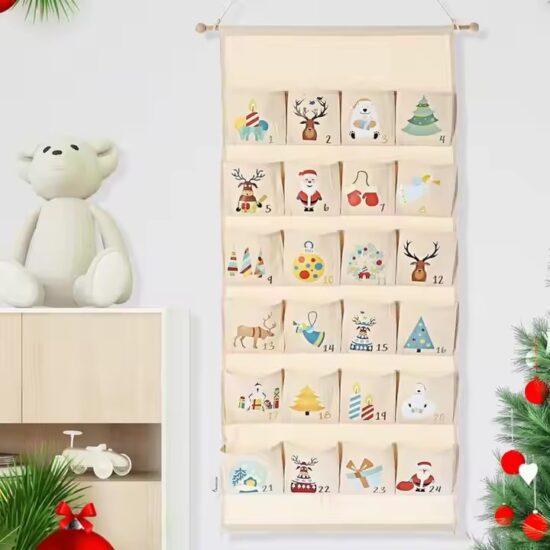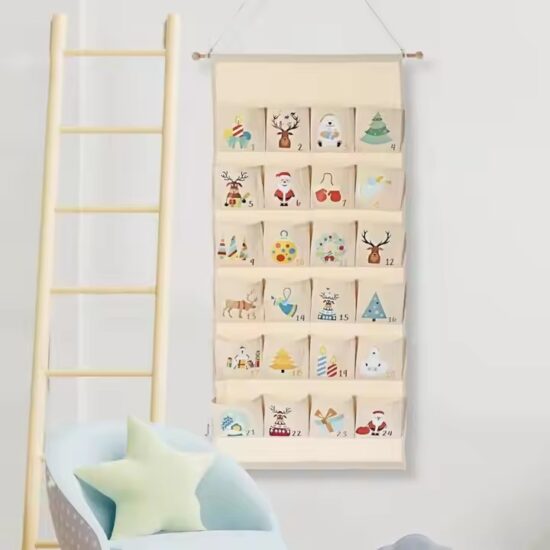bob@nbdho.com
How to Design a Pocket Calendar That’s Both Attractive and Functional
How to Design a Pocket Calendar That’s Both Attractive and Functional
Pocket calendars are more than just miniature schedules — they’re powerful tools for marketing, organization, and daily convenience. The most successful pocket calendars strike the perfect balance between visual appeal and practical function. Whether you’re a manufacturer, designer, or brand marketer, understanding how to design an effective pocket calendar can make your product more desirable and widely used.
Here’s a step-by-step guide to designing a pocket calendar that’s both beautiful and useful.
🎯 1. Define Your Purpose and Target Audience
Before diving into design, clarify:
-
Who will use the calendar? (e.g. professionals, students, customers, employees)
-
What will it be used for? (quick date reference, note-taking, marketing, appointments)
-
Where will it be carried or kept? (wallet, purse, desk drawer, pocket)
This will determine your layout style, font size, and content complexity.
📏 2. Choose the Right Size and Format
Some of the most effective pocket calendar formats include:
-
3.5” x 2” (Business card size): Perfect for wallet or cardholder
-
Foldable formats: Allow full-year view while remaining compact
-
Checkbook size (6” x 3.5”): Offers space for monthly notes or branding
Pro tip: The format should match both the user’s lifestyle and your brand message.
🎨 3. Keep the Design Clean, Clear, and Branded
A cluttered calendar is difficult to use. Focus on:
-
Legibility: Choose readable fonts and clear date layouts
-
White space: Leave room around elements to avoid visual overload
-
Brand consistency: Match your calendar colors, logo placement, and style with your company identity
Your calendar should look attractive at a glance, and your brand should be instantly recognizable.
📆 4. Prioritize Functionality in the Layout
Your calendar must be easy to use:
-
Show the entire year or month clearly
-
Highlight weekends and holidays
-
Use color coding if necessary (but sparingly)
-
Add note areas, mini-maps, or conversion charts if relevant
Always test the layout at actual printed size to ensure dates are readable.
🛠️ 5. Incorporate Useful Features and Custom Content
Make the calendar truly functional by including:
-
Public holidays and observances (regional or international)
-
QR codes linking to websites, appointment systems, or social media
-
Custom fields (e.g. emergency contacts, loyalty program details, business hours)
These small additions increase the calendar’s everyday value — and extend your brand presence.
💎 6. Add Visual Elements That Enhance (Not Distract)
Design elements should support the message, not overwhelm it:
-
Use iconography for holidays, seasons, or company services
-
Include photography or illustrations relevant to your brand or industry
-
Apply spot UV, embossing, or foil stamping for a premium feel — especially for corporate gifts
Balance is key: always keep the calendar itself the focal point.
🌿 7. Consider Material and Print Finishing
Pocket calendars get heavy use, so durability matters:
-
Use laminated or coated paper to resist wear and tear
-
Offer rounded corners to prevent edge damage
-
Choose eco-friendly materials for sustainability-conscious clients
Finishing touches can enhance perceived value — especially when used in B2B or executive gifting.
✅ Conclusion: Design That Serves and Stands Out
An effective pocket calendar must do two things well: serve a daily function and leave a positive impression. By combining thoughtful layout, clear structure, aesthetic design, and useful features, you’ll create a product that users want to keep — and one that strengthens your brand with every use.
Whether you’re designing for your business, for wholesale, or for a client campaign, remember: practicality keeps it in their pocket — design keeps you in their mind.

